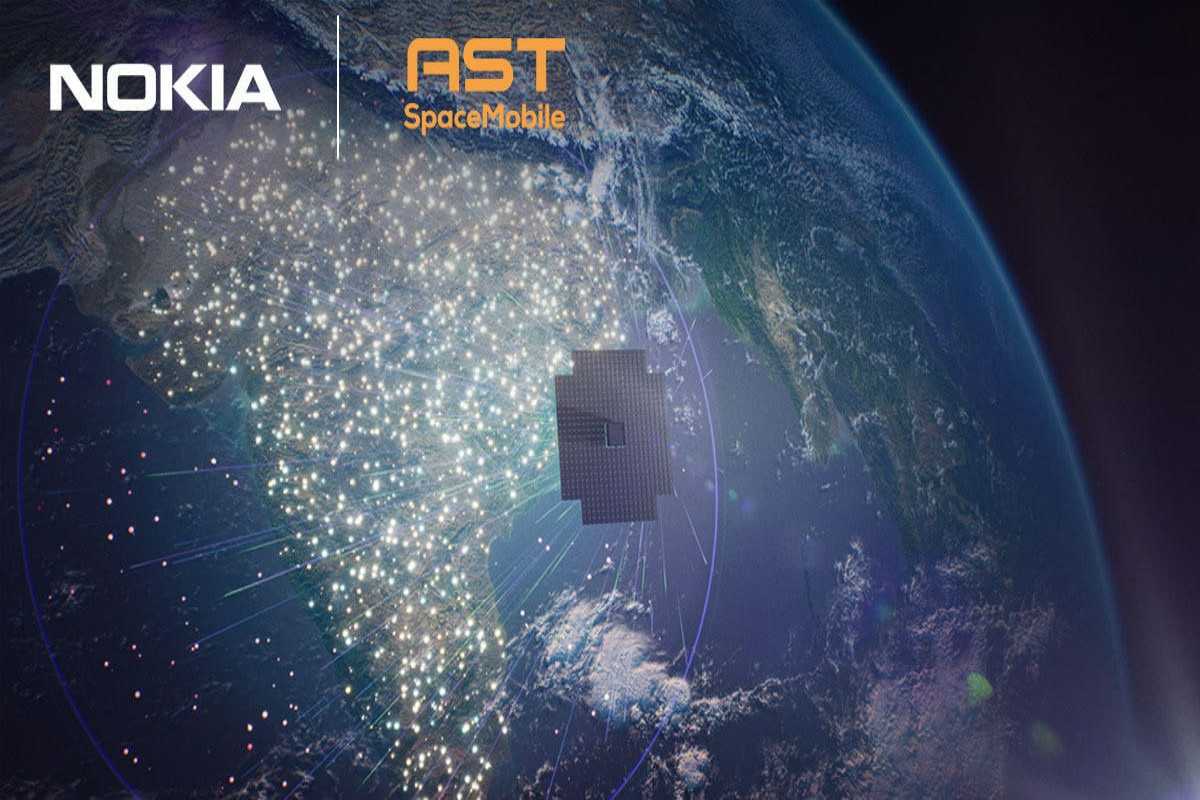The telecom service providers (TSPs) are limited to providing network services over terrestrial networks. This requires the telcos to deploy fiber optics, install towers and ensure continuous power is supplied to keep the networks running. However, the next step here would be to get the same kind of network service, but from space. Terrestrial networks have many limitations that will disappear with the advent of mobile network services from space. Nokia, a renowned Finnish telecom equipment supplier, has won a five-year contract/deal from AST SpaceMobile to help deliver 4G and 5G network services from space. AST SpaceMobile will use LEO (low Earth orbit) satellites to provide this service.
Nokia to supply AirScale portfolio products to AST SpaceMobile
When ready, consumers will be able to get 4G and 5G network services directly from space on their regular smartphones. There are billions of people around the world who are unable to get mobile network services in a seamless manner, or the service is completely absent. This can be solved by the presence of mobile satellite networks. AST SpaceMobile partners with several telcos to offer this service to their consumers.
Nokia will provide AST SpaceMobile with its AirScale Single RAN equipment to enable connectivity between satellites and mainstream smartphones. This means that whether the customers are on flights, on yachts in the sea or in very difficult terrain, they can still connect to the satellite network. Nokia will offer its AirScale portfolio products for this contract. The ReefShark SoC powers the latest Nokia AirScale products.
AST SpaceMobile is all set to launch its test BlueWalker 3 satellite from Cape Canaveral, Florida, in early or mid-September 2022. The satellite is designed to communicate with mobile devices over standard 3GPP frequencies. To provide global mobile coverage, the company plans to deploy approximately 100 satellites in the long term.

